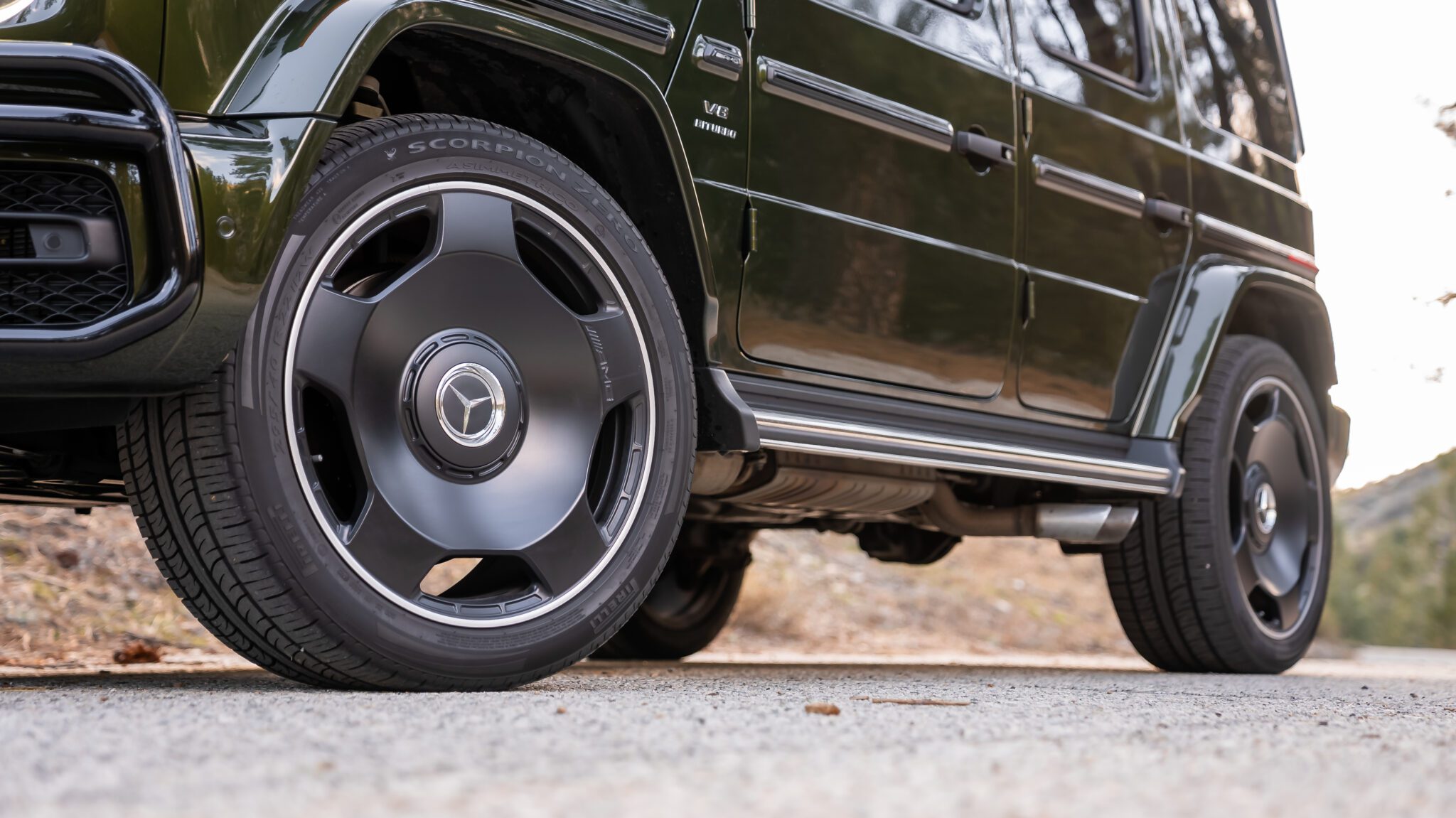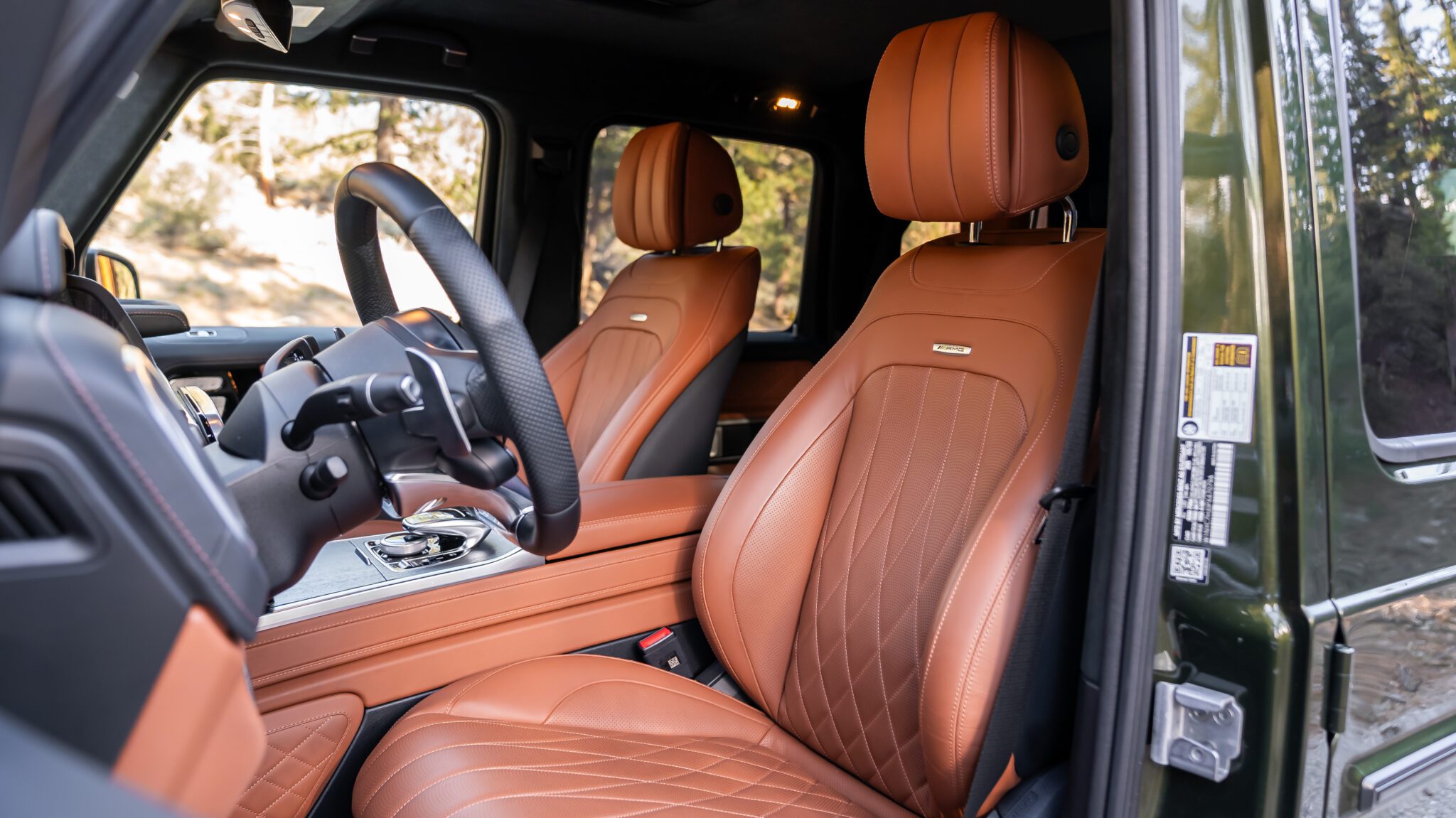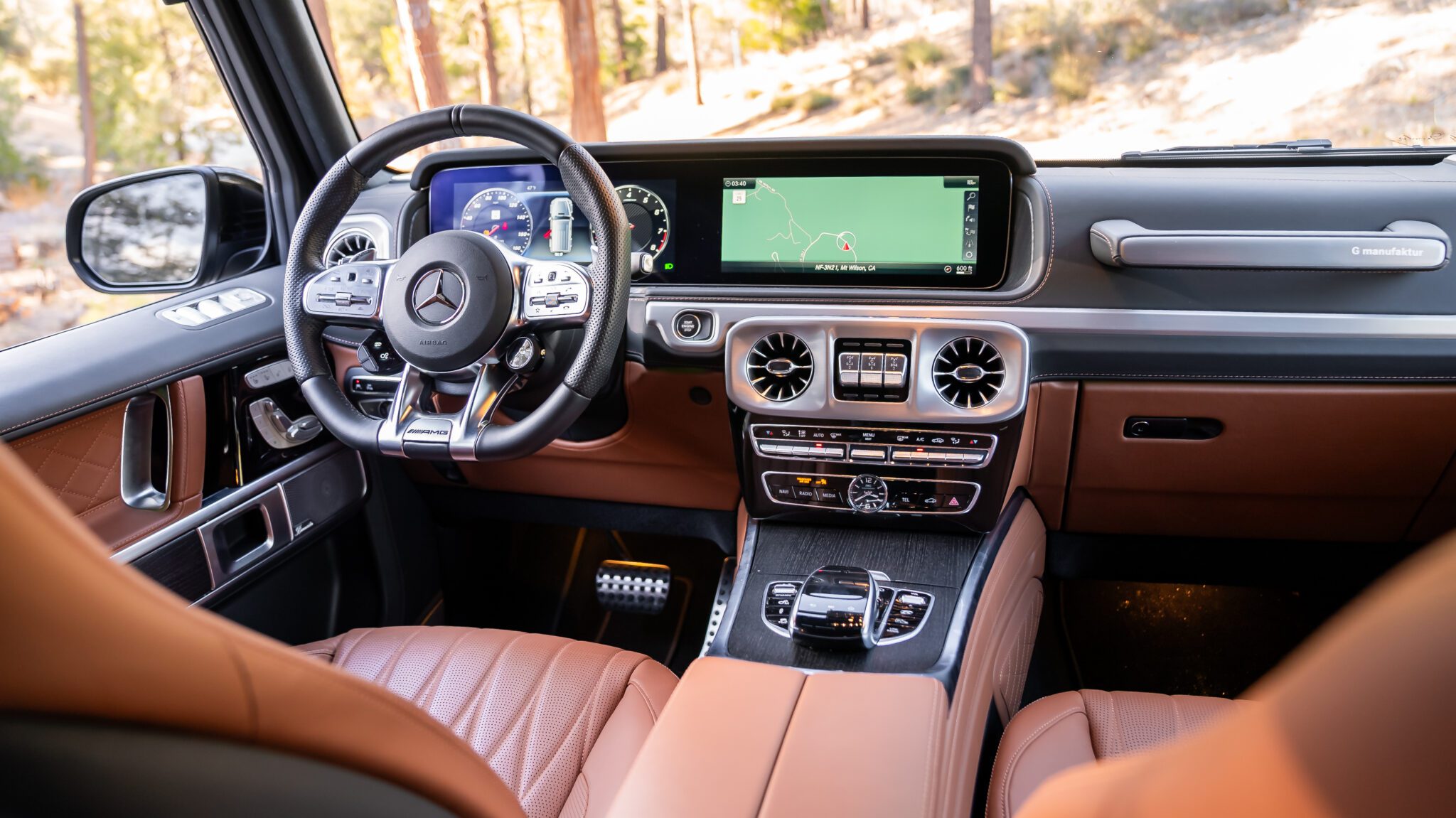As the burgeoning world of performance SUVs continues expanding, with more options costing over six figures than ever, entrants are struggling to differentiate themselves. Take their hardware as an example. A twin-turbo V8-powered SUV with all-wheel drive, a torque-converter automatic transmission, and adaptive suspension could be a Lamborghini Urus, or a BMW X5 M Competition, or a Maserati Levante Trofeo, or a Range Rover SV. When automakers closely follow a pre-set formula of what a performance should be, we end up with products that read similarly on paper and feel remarkably familiar despite wearing different badges.
This homogeneity wasn’t so much an issue in the early 2000s when high-powered family haulers were comparatively rare. However, in the 2020s, when practically every brand has its version of the same SUV offering near-identical performance and practicality, a more concerted effort is required to stand out as something truly unique. That is unless we’re talking about the Mercedes-AMG G63.

At first glance, AMG’s box on wheels doesn’t seem that different from the aforementioned contenders. After all, it’s powered by a 577-horsepower twin-turbocharged 4.0-liter V8. It shifts via a nine-speed automatic transmission, rides on an adaptive suspension system, and sends power to all four wheels. However, the rest of the G63, the bits you can’t experience by reading a spec sheet, set it apart. It delivers a sense of occasion. From its upright driving position to its 70s-inspired styling, down to the satisfying click of its door latches, mimicking the reloading sound of a pump-action shotgun. Viewed from every angle, the Mercedes-AMG G63 feels special, and that’s, unfortunately, a feat few of its rivals achieve.
The market’s appetite for high-riding boxy SUVs has only grown in the last two decades. When Land Rover softened the Defender’s edges in 2020, it created a gap the Ineos Grenadier now fills. In the G-Wagen’s case, this unique aesthetic remains central to its appeal. The G-Class partially achieves this due to its body-on-frame construction, which contributes to its high center of gravity and adds off-roading prowess. That said, our Olive Metallic tester, optioned with 22-inch matte black Monoblock wheels for $5,400, will likely never see anything but the well-kept roads of Malibu or Beverly Hills. However, its dark green exterior finish, a $6,500 option from Mercedes’ Manufaktur, pairs beautifully with its Saddle Brown interior and $1,300 Ash Wood Trim.

To the weight down, the Mercedes-AMG G63’s fenders, hood, and doors are made of aluminum, while its body is made of traditional steel. Its A and B pillars rely on high-strength steel to handle heavier loads. This metal mismatch results in higher torsional rigidity without this SUV’s weight ballooning past the 5,842 pounds it already weighs. Still, despite updates to its structure and chassis, the second-gen G doesn’t compromise on the boxy aesthetic that has always defined it. And given its dethroning as the de facto luxury performance SUV given the segment’s expansion, seeing a G-Wagen in the wild is becoming a rarer sight, coincidentally fueling its appeal as something genuinely separate from the rest of the industry.
The G63 is an AMG product in the classical sense. Whereas cars like the latest GT and the SL see the performance brand leaning heavily into a sports car persona with a firm focus on handling and acceleration, the G-Wagen is more akin to the marque’s earlier eras. Its 4.0-liter twin-turbo V8 may generate 577 horsepower and 627 pound-feet of torque, but this SUV’s center of gravity and hefty curb weight mean it neither sprints nor handles like anything other than what you’d expect from a tall off-roader. Slam your foot down from a dig, and its rear end squats as its nose points upwards, only to lean considerably and understeer at the sight of a corner. Despite a 4.4 0-60 mph time, the Mercedes-AMG G63 doesn’t feel remarkably rapid past its explosive launch.

The reality, however, is that practically none of this matters to the buyers the G-Wagen aims to court or the driving experience it seeks to deliver. Around town, it’s a proper brute with heaps of low-end torque, allowing for more than adequate bursts of acceleration as its nine-speed automatic quickly works through gears seamlessly. The snarling V8 rumble emanating from its quad exhaust tips takes center stage with a booming bassy note reminiscent of older naturally-aspirated classic AMG engines.
While the standard G-Class offers adaptive damping, the Mercedes-AMG G63 gets unique tuning and coil springs on all four corners. Upfront, it sports independent double-wishbone suspension and a traditional five-link rear. Rather than configuring its adaptive dampers to offer a firmer ride in search of controlling its body motions, the German carmaker focused extensively on preserving this SUV’s comfort. Adjustable through Comfort, Sport, and Sport+ drive modes, the G’s dampers will firm up somewhat, but never to the point of utterly spoiling the ride, showcasing a clear example of where this car will spend most of its time on the road, regardless of the badge it wears outback. And despite our tester’s 22-inch wheels, AMG’s efforts are pretty successful. Other than over truly treacherous road imperfections, it’s perfectly compliant, transmitting slight vibration and noise to its passengers.

Step inside, and the G-Wagen’s seating position is unlike anything else it competes with. Aside from the apparent ride high, you sit upright with a clear view from its near-perfectly vertically mounted windshield, complemented by excellent visibility from its seven other flat windows. Even from the driver’s seat, there’s never a moment when you’re not acutely aware that you’re driving something a little different. Its turn signal indicators prop up, indicating where this SUV’s corners are, while its flat hood sports subtle indentations. Nothing about the G63 screams “traditional SUV,” which remains its most vital asset.
Our tester features AMG’s performance steering wheel wrapped in Nappa Leather, a no-cost option, a $600 two-tone Nappa leather dashboard, and $550 leather grab handles. However, its $8,250 Interior Package Plus has the most significant impact. Aside from adding diamond-quilted Nappa leather to its saddle brown interior, the package includes AMG’s heated and ventilated multi-contour front seats with massage functionality, significantly adding to this SUV’s overall comfort. These plush and highly adjustable seats only add to the driving experience, given the mechanical improvements to ensure its on-road comfort.


Unfortunately, our 2023 model year tester still relies on an aging Comand infotainment system to power its 12.3-inch digital instrument cluster and 12.3-inch infotainment screen. This system has been showing its age for years and, compared to the latest implementations of MBUX in the marque’s other vehicles, feels more than a few steps behind from a usability and design perspective. MBUX is expected to appear in the facelifted 2025 G, which will debut soon.
Our 2023 model year tester starts at $180,150, including destination. However, some of its pricier options, such as its $6,500 Olive Metallic finish, $8,250 Interior package Plus, and $5,400 22-inch Monoblock wheels, push its as-tested price to $205,350. As such, the Mercedes-AMG G63 costs slightly more than a comparable BMW XM, which starts at $165,895 while starting well below the $237,848 Lamborghini Urus.

While the Mercedes-AMG G63 may have served as the de facto performance SUV while the rest of the industry caught up, it now has more competition than ever. While there are more entrants to the space, none offer the distinct driving experience or sense of occasion as the G. It may not be the quickest in a straight line nor the most capable in the bends. However, the G is still a top contender for those looking to drive around in a statement piece with a unique driving experience.

